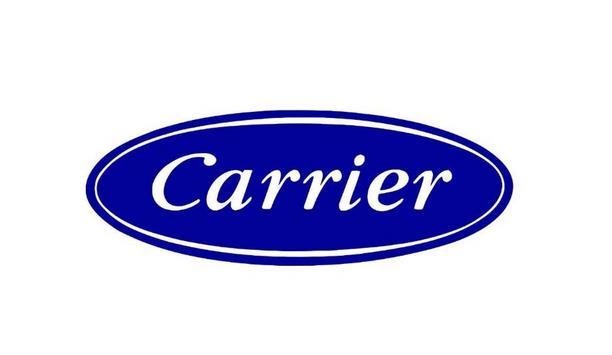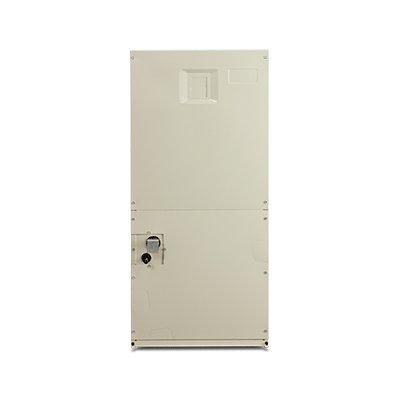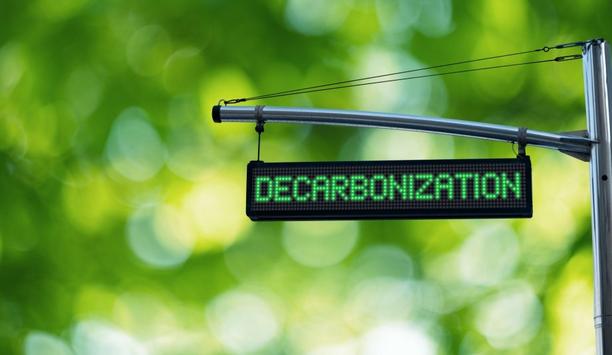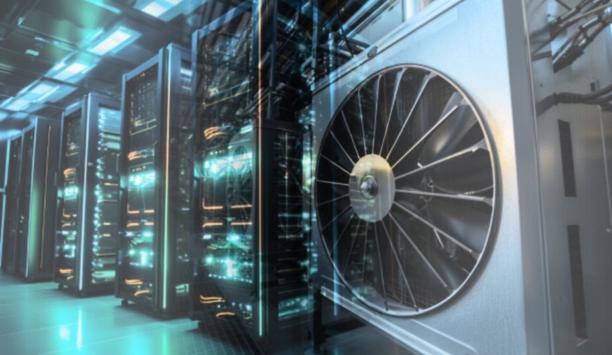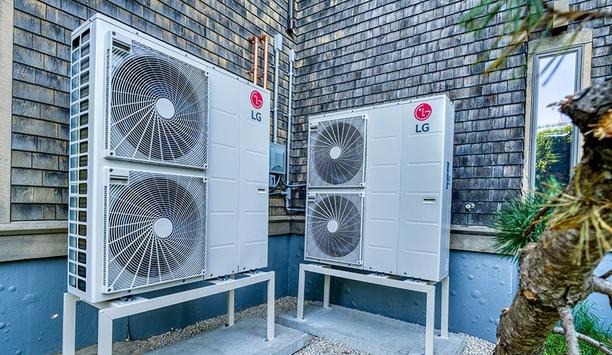Electric heater cables are wired cables that produce heat, commonly called heat tracing cables or heat trace.
Heat tracing cables can be used for a wide range of applications within the home, around the construction site, or along the lengths of the pipeline.
What Are The Different Types Of Electrical Heating Wires?
There are two main types of electrical heating cables used in process heating. These include:
- Heating cable (also known as heat tracing or heat trace systems)
- Heat tape
Powerblanket talks about heat tracing cable in this blog post. Heat tracing cable can be split into two main products: self-regulating heating cable and constant wattage heating cable.
What Is Self-Regulating Heating Cable?
Self-regulating heat tracing cable is simply a heat trace that can adjust the power output of electricity
Self-regulating heat tracing cable is simply a heat trace that can adjust the power output of electricity along the entire length of the cable.
For example, some parts of the heat trace cable might self-adjust to different temperatures that are different than other parts of the cable.
Self-Regulating Vs. Constant Wattage Heat Tracing Cables
Both types of electrical power supplies can serve the same purposes, although the application will usually determine the best solution to the problem.
Self-regulating can change in temperature via adjustable power throughout the cable. Constant wattage does not have that ability but instead pushes a constant stream of power through the cable to ensure even distribution of heat.
How Does Constant Wattage Heat Cable Work?
Constant wattage heat trace cable provides consistent temperature along the entire line of heat trace
Constant wattage heat trace cable provides consistent, even heat at a preset temperature along the entire line of heat trace.
It is called “constant wattage” because it has the same wattage per linear foot throughout the line of cable.
Using Self-Regulating Heat Tracing Effectively
Self-regulating heat tracing can be an effective part of an organization’s process heating plan. It is best used in situations when external temperatures fluctuate based on changes in the environment.
For example, climates that have cold nights and warm days are great for self-regulating heat trace because the cable will automatically turn on when temperatures drop below a preset threshold at night and turn off once it warms up during the day.





